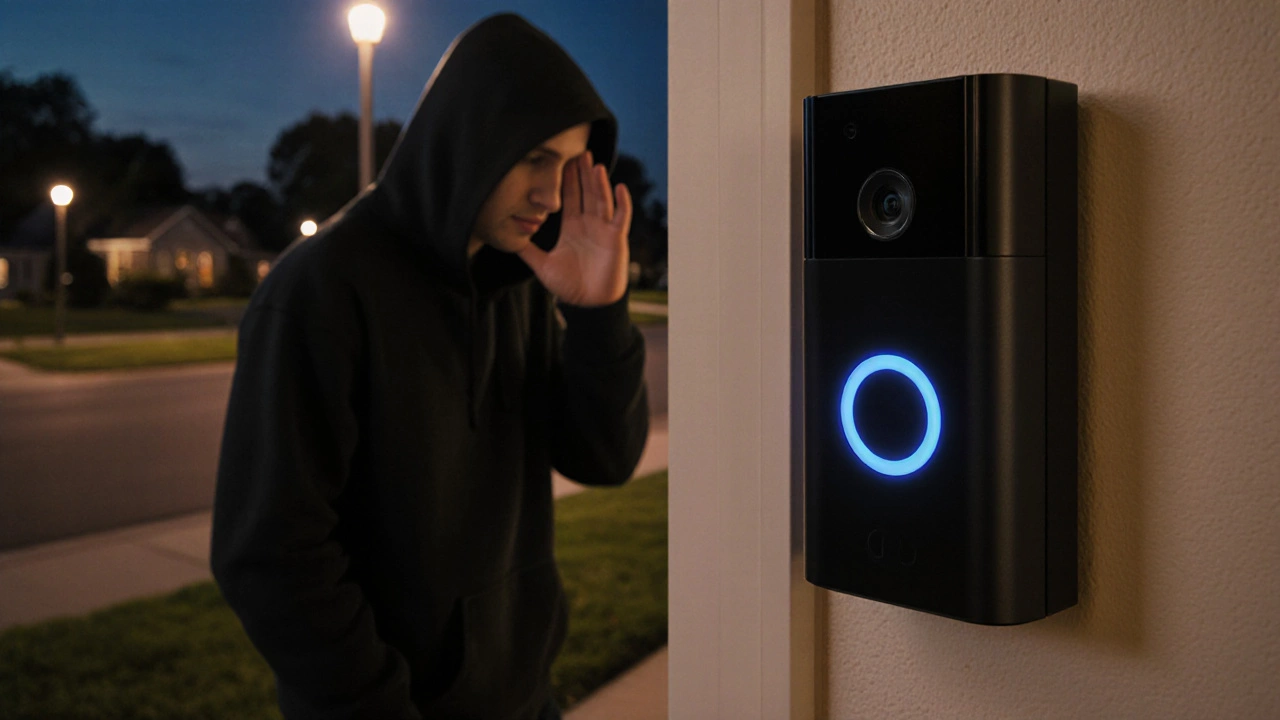When thinking about video doorbell safety, the practice of using video doorbells while protecting privacy, complying with law, and deterring crime. Also known as smart doorbell security, it blends technology with everyday safety needs. Privacy is a core pillar: homeowners must control who can view live feeds and stored footage. Crime deterrence is another benefit, as visible cameras can discourage burglars before they act. Understanding these elements helps you set up a system that works for you, not against you.
Video doorbell safety requires proper placement, secure networking, and clear consent when shared in multi‑unit buildings. In the UK, UK regulations dictate data‑handling rules under GDPR, meaning you must store footage safely and delete it when no longer needed. Pairing a doorbell with a broader smart home integration lets you link alerts to lights or locks, creating a coordinated response. For example, a motion detection event can trigger porch lighting, which not only records video but also makes the area less attractive to intruders. These connections illustrate how video doorbell safety encompasses privacy, legal compliance, and crime deterrence in one cohesive strategy.
Many users wonder if a video doorbell actually stops a break‑in. Real‑world data from UK neighbourhoods shows a noticeable drop in attempted thefts where doorbells are visible and recordings are stored securely. However, you still need to manage false alerts, especially if you have pets—PIR‑based sensors can mistake a cat for a person, flooding you with notifications. Choosing a dual‑tech sensor or adjusting sensitivity settings reduces noise and keeps the system useful. Also, make sure your Wi‑Fi network is protected with WPA3 encryption; older protocols leave the video stream vulnerable to hijacking. By addressing these technical details, you keep the safety net strong without sacrificing convenience.
Finally, remember that video doorbell safety is an ongoing process, not a one‑time install. Regular firmware updates patch security holes, and periodic reviews of who has access help you stay compliant with privacy laws. If you live in a flat, always check your tenancy agreement and get landlord permission before mounting a device—ignoring this step can lead to disputes or forced removal. The articles below dive deeper into each facet: legal limits on neighbour disputes, motion sensor choices, alarm system drawbacks, and more. Armed with this groundwork, you’ll be ready to pick the right model, set it up correctly, and enjoy peace of mind while keeping your data safe.

Explore whether Ring doorbells lure burglars, review real crime data, and get actionable steps to secure your smart doorbell and home.